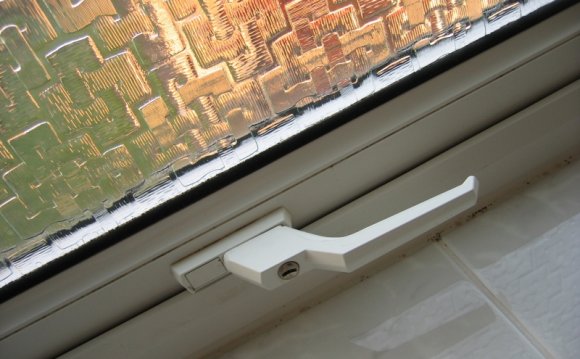
Every house can suffer from damp problems, for many reasons, but there are certain things that will work for everybody to get rid of damp once and for all. If you are asking yourself, "Why is my house so damp?" then it is often quite simple to fix the issues.
The two main reasons for dampness are:
- Moisture cannot escape
- Water is getting in
Quite often, it's your lifestyle that's causing condensation and possibly mold to build up inside your home. When I was growing up, my father was fastidious about opening a window in the kitchen, thereby not letting steam build up, and about wiping down condensation on the windows. It used to drive me mad, but now I know what he was trying to do. When I moved into an older house, I started to see what happens if you don't keep on top of moisture build-up as soon as the signs of dampness appear.
Some damp problems, like rising damp (the structural dampness inside the walls that indicates a breach in structure of a building, resulting in rain intrusion from outside or condensation from within) will need professional advice, but genuine rising damp is rare.
Below, you will find three simple solutions to prevent dampness in your home.
1) Ventilate Your Home Properly
It's common in the winter to keep the windows closed and as a result, with modern draught-proofing, water has nowhere to go.
Condensation can result from tumble drying, baths/showers, or even just your own breath! The kettle boiling and food being cooked all release steam and moisture in the air which will find the coldest spot on your walls or windows and condense. From there, it's a small step to becoming damp. Getting rid of dampness in your house sometimes means changing your own habits and adjusting your lifestyle.
All that water has to go somewhere and if it can't get out, it will pool. Maybe you have some black mould on the bathroom ceiling or around window frames. This is a sign that the water vapour couldn't escape.
One solution is to install double-paned windows with two layers of glass to improve insulation. This will help with dampness as well as reduce the loss of heat. If you are having new double glazing fitted, you might also insist on trickle vents and keep them open. These vents at the top of windows give the damp air chance to escape, but you can always close them off if and when you want.









